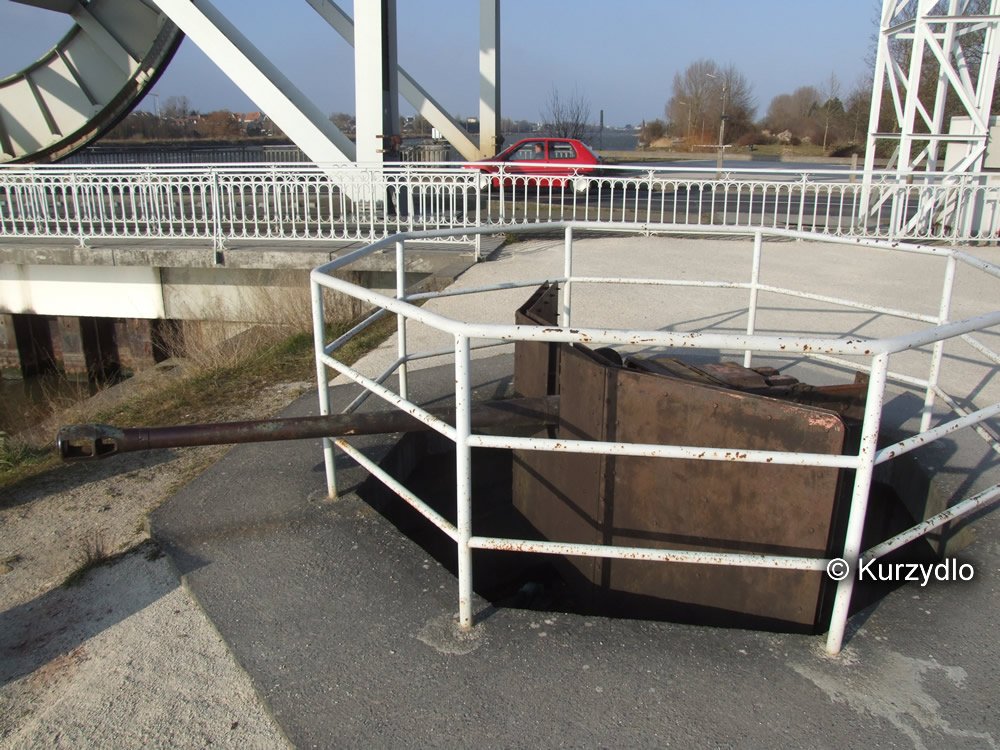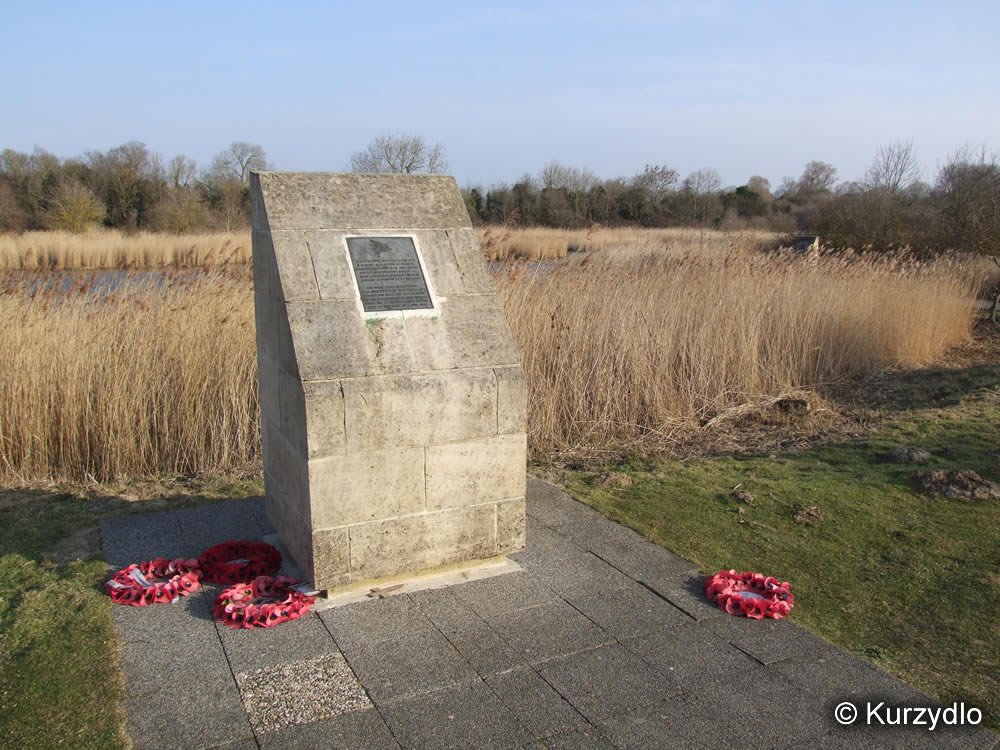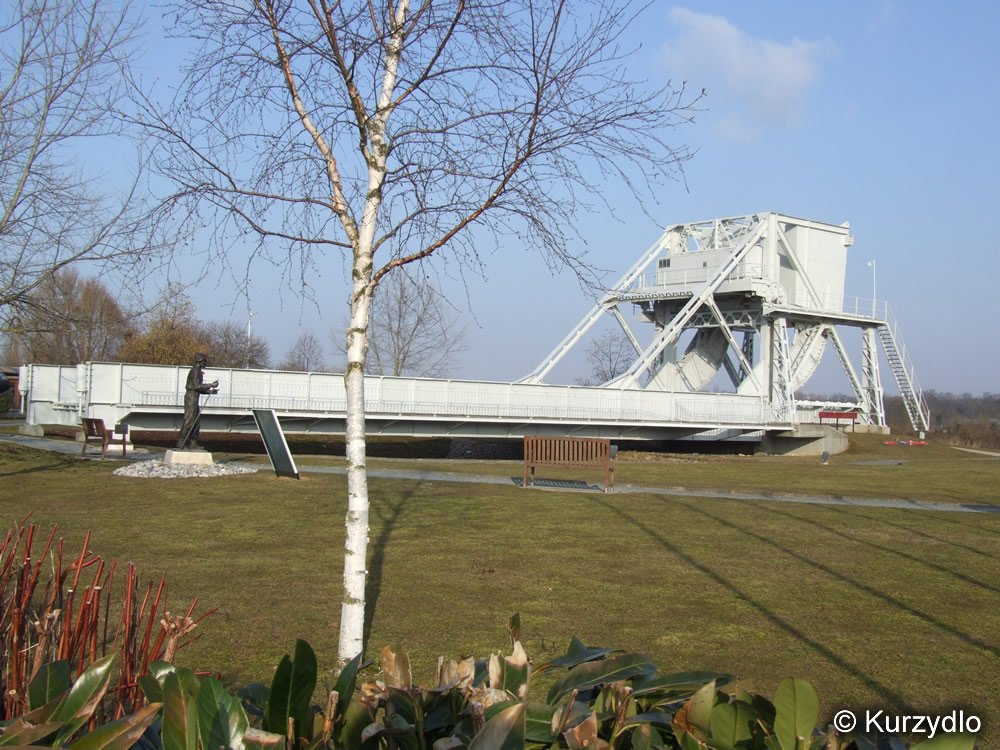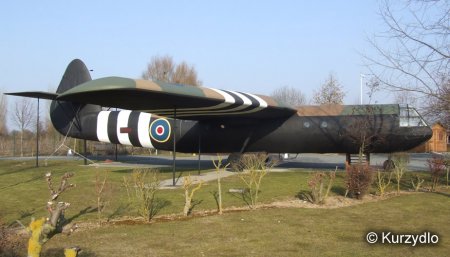Horsas named after 5th century conqueror of Britain were built in large numbers (about 5000) during World War 2. Used by all alied troops on the westen front, gliders started operational service at the end of 1942. Unfortunatly their first actions were not sucessful, however their glory days were yet to come. They proved to be very useful in July 1943 landings of Sicily but their most important roles were yet to be played.
You could call 1944 the Horsa year with operations in Normandy, Arnhem, and South France they were used in Hundreds carring thousands of troops and many tons of equipment behind enemy lines.
However one of the most spectacular actions with horsa participation was small in numbers operation during D-Day Normandy Landings - Operation Deadstick - Pegasus Bridge takeover.

Only seven Horsas took part in this crucial operation but people on the board these gliders saved many thousands of lives and contributed to the allies final victory in Normandy allowing main forces to advance further and achieve their goals on 06/06/1944.

To see Horsa glider in person and many important World War II sites in Normandy you can join one of Normandy Tours and visit Pegassus bridge museum.

